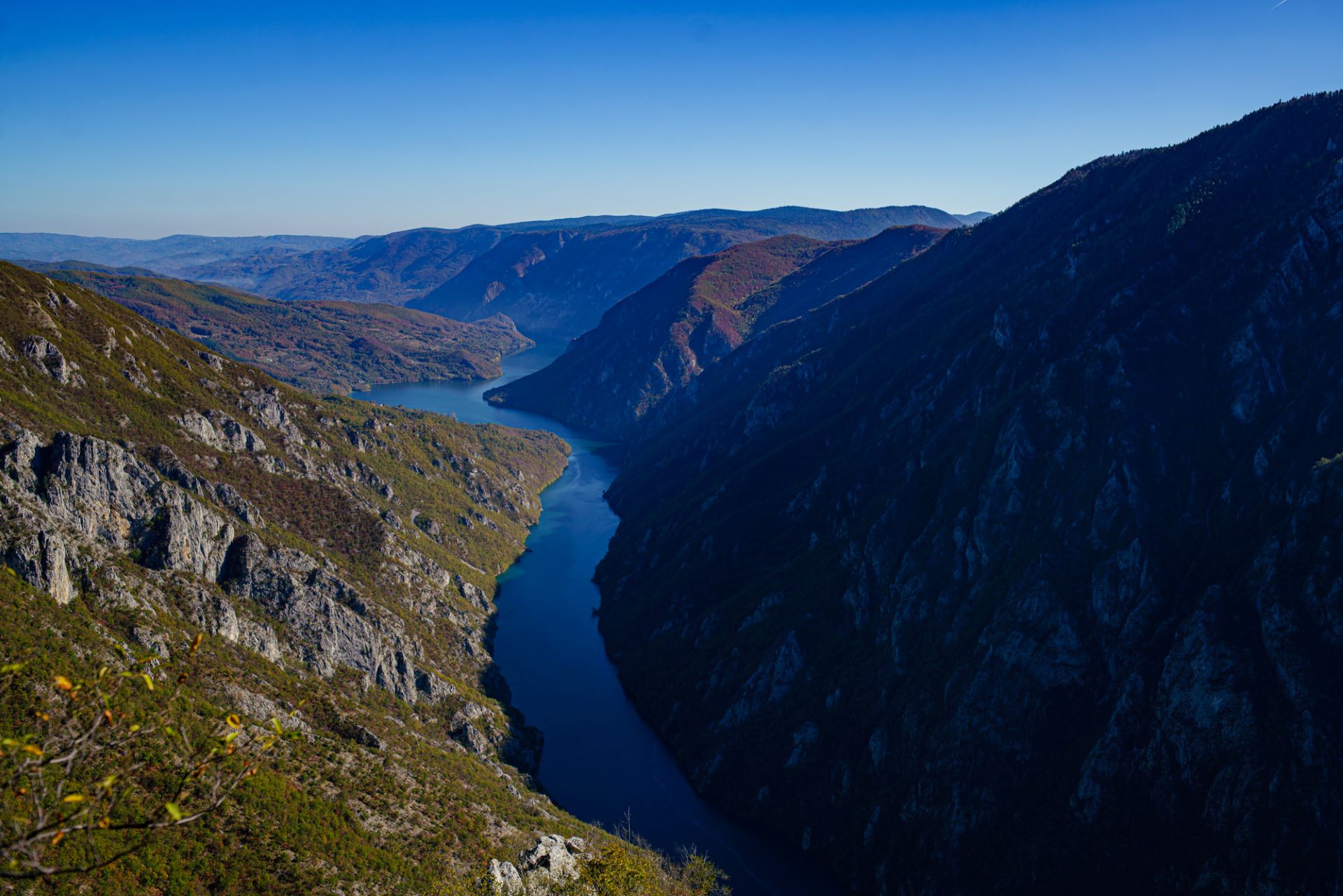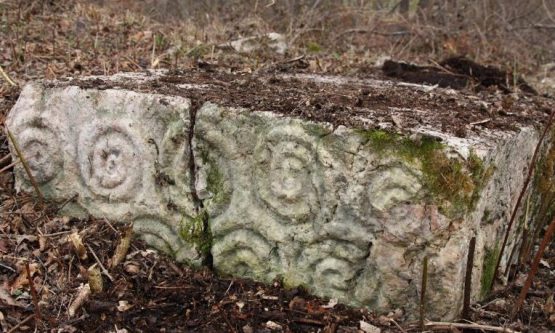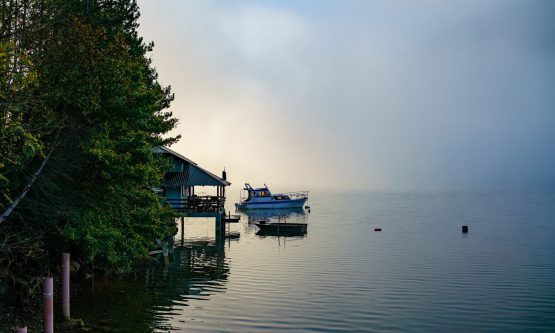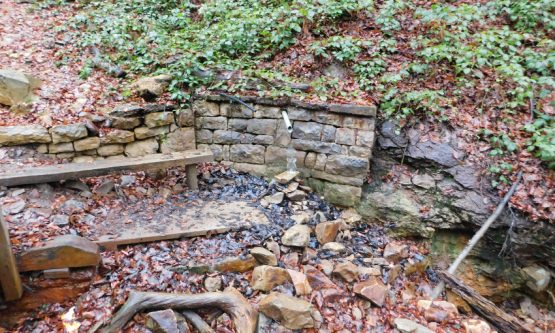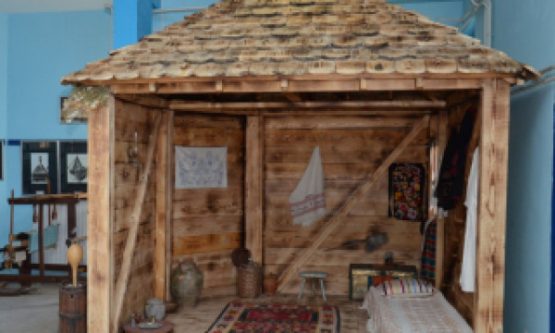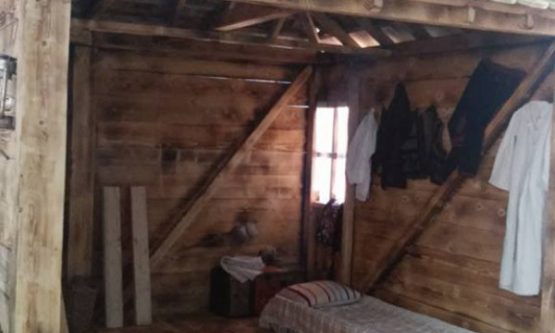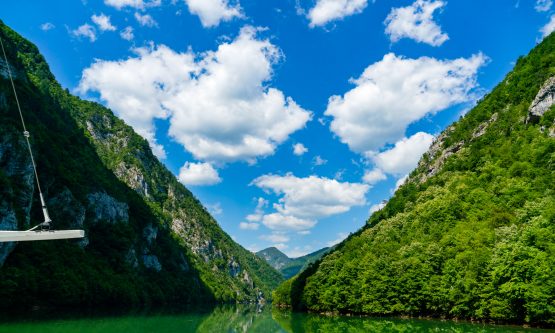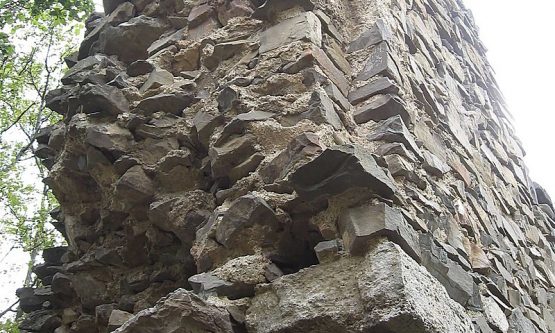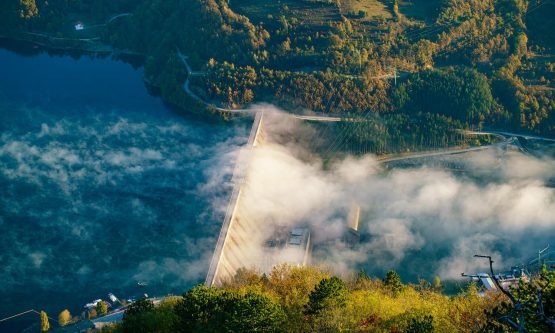Welcome to Srebrenica
The municipality of Srebrenica is located in the northeast part of Republic of Srpska, along river Drina’s central stream, where natural beauty and abundance make the most of the Srebrenica tourist offer. According to the Roman geographical map from that period, Srebrenica wider area used to be called Argentaria (Argentum – silver), hence the today’s name Srebrenica (srebro – silver). Due to its favorable weather, wind rose, conifer and deciduous forests that descend all the way to town streets and parks, various geothermal springs of healing water, Srebrenica has been recognized as an ecological clean air oasis.
Unique landscapes, wild animals, Pancic spruce and other rare plant and animal species can be also caught on camera during the 40km long sailing route on lake Perucac, between Bajina Basta and Visegrad. River Drina is known as the origin of rafting, and the surrounding mountains provide the most attractive viewpoints and hunting grounds.
Culture
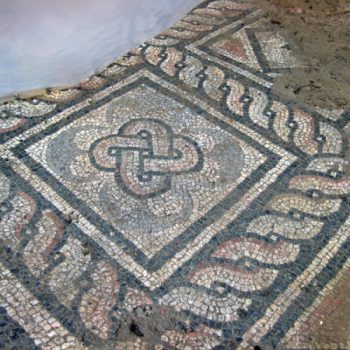
Srebrenica has a very rich cultural-historical heritage, first of all when it comes to the area’s exciting history. This is witnessed by the remains of material culture from all periods of human existence, such as various monuments and artefacts from archaeological localities, medieval towns and forts, religious objects, Stecak necropolis, etc.
Upstream from Skelani, Romans were the first to build “Municipium Malvesiatium” (Flavius’ town of Malvesiatium), named after the dynasty of emperors that ruled when Skelani became a municipality.
In Srebrenica municipality area there are around 50 localities with a total of 950-1000 Stecak tombstones. The most important Stecak necropolis are Poticar, Pecista, Bostahovine, Staroglavice, Suceska, Klisa, Srebrenica, Skrenderovici, Kutuzero, Podravanje, Palez, Lubnice, Karacici, Urisici, Ljeskovik, Klotjevac, Djurdjevac, Poljak, Trubari, Zgunja and others.
In Srebrenica area there are also 5 medieval towns and forts: Srebrenik, Klotjevac, Djurdjevac, Klicevac and Subin.
Nature
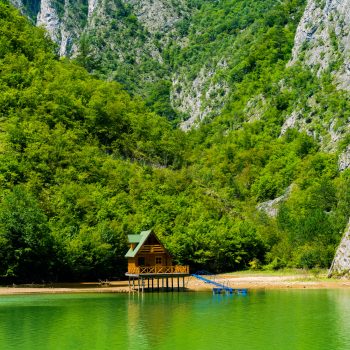
National park “Drina” is an extraordinary nature reservation. Its value lies in the habitats of endemic species such as Pancic spruce, but also in the canyons of river Drina and its tributaries. This is a unique complex and a part of Starovlasko-Raska highland.
The cliffs of Drina valley appear as a canyon in some places, with steep and vertical sides. This is most notable at Crni Potok stream confluence, where the highest canyon point is 976m.
In this protected area, Drina takes a characteristic sharp turn near the Crni Potok confluence. The river there changes its previous north direction for more than 90 degrees and continues to flow from northwest to southeast. With its dimensions and specific position of the canyon valley, Drina is unique and it is considered one of the most significant river flows in both Republic of Srpska and Dinaric Alps. With its cliffs, the canyon valley of Crni Potok is also very attractive. This stream originates from 1100m of altitude, and flows for only 6km to its confluence into Drina where the altitude changes for more than 800m.
Lake Perucac was created for the needs of “Bajina Basta” dam. The accumulation is 54km long and stretches through the Visegrad canyon. The lake is located in the natural curvature of Drina canyon, encompassing Tara mountain, changing the river direction from north to southeast.
.
Adventure
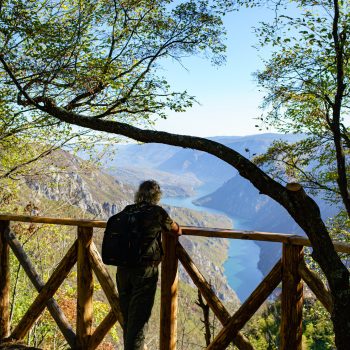
Mountain biking is growing more and more popular. If you want to experience national park “Drina” in another way, and you are moderately physically fit, then mountain biking is definitely your thing. Besides the asphalt roads that connect the park to surrounding villages and small municipalities, true lovers of mountain biking can take macadam and other types of mountain dirt roads and paths. You will love it for sure.
Mountaineering lovers have a possibility of conquering bigger mountains in the vicinity, such as Javor (1537m) and Devetak (1424) that are to the northwest of the national park “Drina”, and Zvijezda (1675m) and Tara (1544) that are to the southeast. By camping and spending the night in the national park you can extend your stay in the nature and continue enjoying it. When camping, you need to find a dry spot that is protected from wind, with trees and drinking water nearby. It is easy to find a sport like this inside the park.
Lake Perucac has a very rich fish fund and is very suitable for sports fishing, rafting, diving, swimming, camping, boat tours to Visegrad, kayaking and surfing. It also has an arranged beach for visitors and one of the most attractive tourist activities is “Pancic Regatta”.
On the altitude of 560m not far away from Srebrenica, there is the most famous Srebrenica getaway “Guber”.
The path that leads to Guber passes through the unspoiled nature landscape with conifer and deciduous trees. Reasons for visiting this getaway are many, as there are a few healing springs along the 2,5km long path. Geothermal spring Guber is most famous for its curative water that has unique physical and chemical characteristics that surpass even the most famous geothermal springs in Europe and the world. There are many of them, but the most notable are Crni Guber, Ocna Voda, Ljepotica, Mali Guber, Sinusna Voda and Kozna Voda. The springs are abundant with magnesium, calcium, copper, cobalt, nickel, manganese, etc.
Gastro
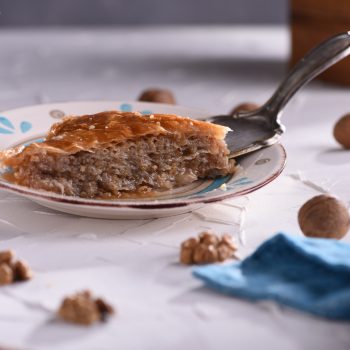
Fully natural healthy delicacies that can be found here include horse mushrooms, porcini, blackthorns, hawthorns, wild strawberries and blueberries. Nothing is healthier for the human body and mind than nettle or wild garlic (ramsons). Bijele Vode locality is also a heaven on Earth. This is the place where plant germander can be found, for which there is a saying “With germander even the dead get better”. If you want to taste a local delicacy, you can have spit roast lamb or under bell, cheese, kajmak and milk from mountain pastures, along with pogaca (fireplace baked) bread from domestic wheat, corn bread, homemade prosciutto, fresh river fish made on pan.
National park “Drina”
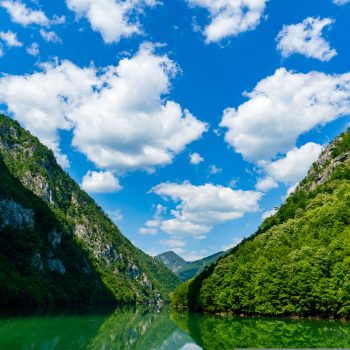
National park “Drina” is an extraordinary nature reservation. Its value lies in the habitats of endemic species such as Pancic spruce, but also in the canyons of river Drina and its tributaries. This is a unique complex and a part of Starovlasko-Raska highland.
The cliffs of Drina valley appear as a canyon in some places, with steep and vertical sides. This is most notable at Crni Potok stream confluence, where the highest canyon point is 976m.
“Keepers of Drina” – Five medieval town forts
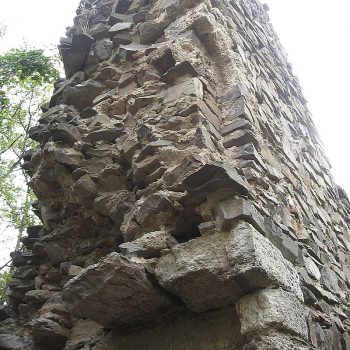
Srebrenik, Klicevac, Kotjevac, Djurdjevac and Subin are parts of a rich cultural-historical heritage originating all the way to Roman period. Lower town Srebrenik dates back to 12th century, and archaeological research showed it was destroyed and rebuilt multiple times. Old town Klotjevac is located on a steep cliff above Drina, accessible only to adventurists but extraordinarily attractive. It used to be an important fortification on Drina. Downstream from Klotjevac we have the medieval town Djurdjevac, another defense fort.
Lake Perucac
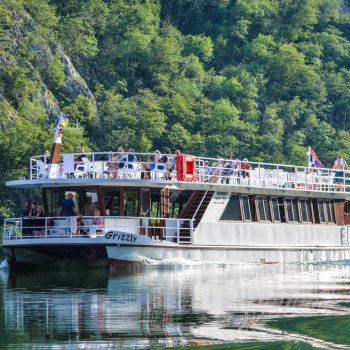
Lake Perucac – created by damming Drina for the power plant needs. This provided great conditions for numerous boating competitions, kayaking and canoeing. The lake is often the starting point for Drina river cruise (with boats Grizli, Sonja), but also a favorite place of all fishermen.
Geothermal springs Guber
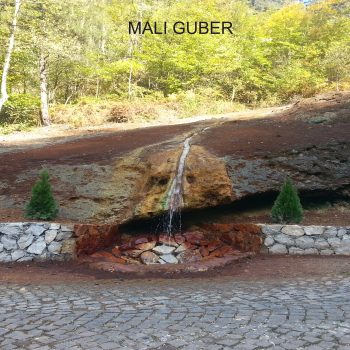
Geothermal springs Guber – the water from Guber, “red river” as called by the locals, has been recognized as healing in 1956. Bottled water from that spring was sold in pharmacies as a medication. Healing springs Ocne Voda, Crni Guber, Ljepotica, Sinus voda, Mali Guber, Kozna Voda and several other sources of mineral water (48 of them) flow towards the town itself. The healing power of this water has been described as “a gem of all springs on Earth” by the Austrian chemists.
Roman Municipium – Municipium Malvesiatium
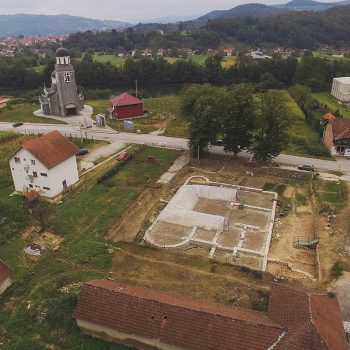
Roman Municipium – Municipium Malvesiatium was a significant Roman administrative center of this region during II century AD. The research started in the end of 19th century, and great breakthrough was made in 2008, when one of the most beautiful mosaics from Roman period was discovered here.


